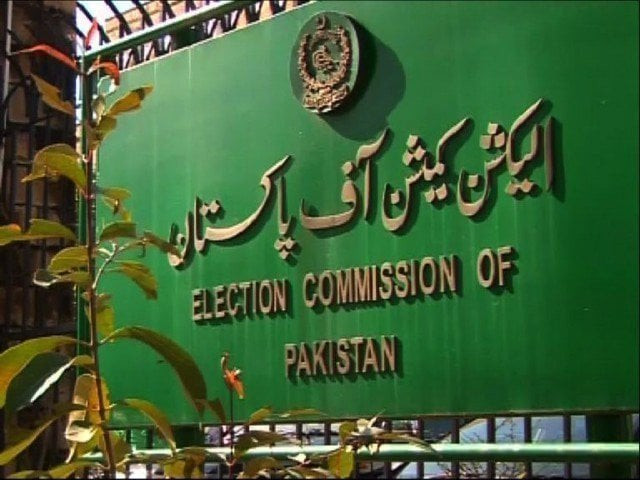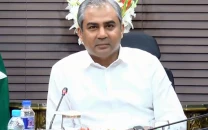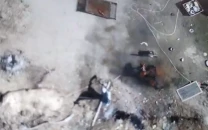As magnetic ink fails, try 'CNIC' method
Failure of magnetic ink in preventing bogus voting in 2013 polls cost national kitty Rs85m

PHOTO:FILE
The option, currently under consideration at the Election Commission of Pakistan (ECP), provides using a voter’s identity card number for stopping fake voting.
The country’s top database authority has sent a proposal to the ECP, suggesting it not to publish the last three numbers of the 13-digit identity card in the final electoral rolls. The missing last three digits from the electoral rolls will make it impossible for the polling staff or others to fill out the identity card number column on the counterfoil of a ballot paper until the voter presents his or her CNIC.
The ECP officials claimed that the proposed option would “fairly minimise chances of bogus voting on the polling day” and “is a viable alternative solution to ensure transparency”.
The process would also make the verification of votes by the National Database and Registration Authority (Nadra) convenient in case a post-poll controversy arose in any of the constituencies.
In case of dispute between the winner and the runner-up candidates, the verification of polled votes would be carried out through counterfoils.
In 2013 general elections, thumb impressions of voters were taken on counterfoils using magnetic ink. At the time, it was claimed that use of ink would help in the audit of every vote in case any controversy arose after announcement of the results. But it proved a futile exercise when it came to verifying the votes.
Later, the ECP officially admitted that it failed to achieve the desired results even after spending Rs85 million on purchasing the magnetic ink.
The Nadra claimed that the ECP had not purchased the recommended high-quality magnetic ink and for that reason the authority failed to verify thousands of thumb impressions in disputed cases. Later, the Nadra chairman had himself admitted that “it (use of magnetic ink) was a useless exercise”.
In a first, watermarked ballot papers to be used in 2018 general elections
The Nadra processed the election material in some 43 disputed cases related to the national and provincial assemblies’ constituencies on the directions of election tribunals formed to resolve disputes between winner and runner-up candidates of 2013 general elections.
The Nadra record showed that it only succeeded in reading approximately 35% to 40% of the thumb impressions it received for verification from tribunals.
The presence of thousands of unverifiable/unreadable votes in every constituency had created unnecessary doubts about the 2013 general elections’ results.
After seeing poor results from using magnetic ink, the ECP had announced that it would not use it in the next general elections and pledged that until the next general elections it would be able to procure and use biometric voting machines. That is still a distant dream and the ECP is once again in a fix over the matter.
A senior ECP official, wishing not to be named, confirmed the development and said that following initial discussion over the proposal and pros and cons of the suggestion it had now been sent to the high-ups for a final decision.



















COMMENTS
Comments are moderated and generally will be posted if they are on-topic and not abusive.
For more information, please see our Comments FAQ